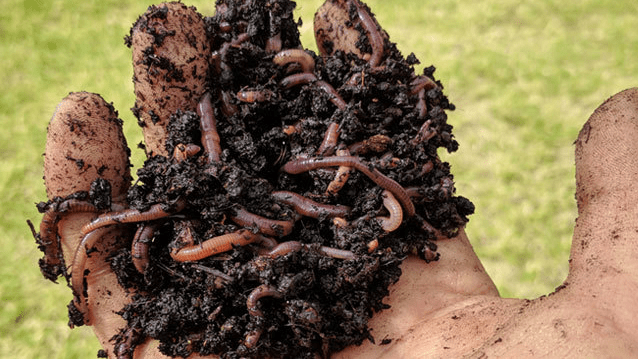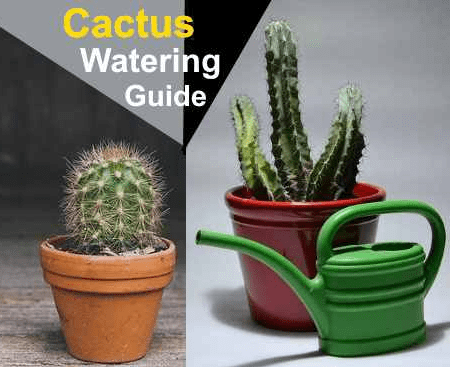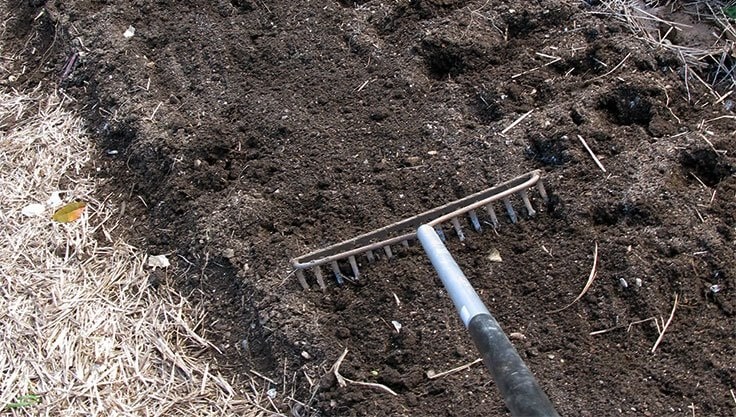Large nasturtiums should be a staple in any organic garden. This spice plant, with its beautiful flowers, proves to be extremely useful, for example, in repelling aphids and ants. Almost all parts of the plant are edible.
Contents
Nasturtiums Bring Color to the Garden!
The large nasturtium (Tropaeolum majus) originates from South America and brings vibrant yellow, red, and orange flowers to the garden. There are different varieties with various growth forms: some climb when given a trellis, while others are used as ground cover.
In this article, you will learn why nasturtiums should not be missing from your garden or balcony.
Growing Nasturtiums in the Garden
Depending on the variety, nasturtiums spread by creeping or climbing. While they struggle in dry, chalky soils, they thrive in moist, humus-rich soil and can grow more than a meter in width or height.
Before May, it is best to start seeds indoors, and after that, they can be sown directly outdoors. Nasturtiums develop particularly well in high humidity.
Tip: Nasturtiums also grow well in pots or raised beds. Plant them at the edge so the flowers can trail down decoratively.
Nasturtiums prefer a sunny or lightly shaded location with nutrient-poor soil. Too much moisture is not ideal, and excessive fertilization leads to more leaf growth than flowers, often hiding the bright blooms under dense foliage.
In autumn, after the first hard frosts, the plant dies back and can be left as mulch or added to compost.
Nasturtium at a Glance
- Botanical Name: Tropaeolum majus
- Plant Family: Nasturtium family
- Other Names: Inca cress, salad flower, Indian cress, caper flower
- Preferred Location: Sunny to semi-shaded
- Soil: Nutrient-poor
- Water Needs: Moderate
- Growth: Climbing
- Sowing (Indoors): March to early May
- Direct Sowing: Mid-May to July
- Germination Time: 10 to 14 days
- Sowing Depth: 0.5 to 1 cm
- Plant Spacing: 30 x 40 cm
- Harvest Time: June to October
- Winter Hardy: No
- Edible Parts: Leaves, flowers, and seeds
- Good Companion Plants: Potatoes, tomatoes, pole beans, and roses
- Health Benefits: Helps with bacterial and flu-like infections, as well as urinary and respiratory tract diseases
The Benefits of Nasturtiums in the Garden
1. Fast-Growing Ground Cover
Nasturtiums are popular in organic gardening because they quickly cover bare soil, edge garden beds, trail over raised beds, and shade the ground like a mulch layer.
2. Aphid Control
In orchards, nasturtiums are a proven method for controlling aphids. Sown around fruit trees, they act as a magnet for aphids, drawing them away from the trees.
3. Pest Repellent
Nasturtiums deter caterpillars, slugs, ants, and mice. In companion planting, they are ideal partners for potatoes, tomatoes, pole beans, and roses.
4. Weather Indicator
Nasturtiums are sometimes called weather predictors. Observations suggest that before certain weather conditions, small water droplets appear on their leaves hours before rainfall.
5. Pollinator Attraction
Nasturtiums are loved by insects. Their large, open flowers are particularly attractive to wild bees and butterflies, making them a great choice for gardens and balconies.
Nasturtiums Have Self-Cleaning Leaves
Water forms large droplets on nasturtium leaves, washing away dust as they roll off—similar to the lotus effect seen in lotus flowers.
Eating Nasturtiums
Almost all parts of the nasturtium plant are edible, including the leaves, flowers, buds, and seeds. They contain mustard oils and have a mildly peppery, spicy taste.
How to Use Nasturtiums in the Kitchen
- Leaves: Add to salads as a spicy highlight.
- Flowers: Use as an edible decoration for dishes. Do not wash, as they collapse easily; simply shake them to remove insects.
- Buds and Green Seed Pods: Pickle in vinegar as a caper substitute.
- Blossom Butter: Mix flowers and young leaves into butter for a flavorful spread.
- Nasturtium Pesto: Make a delicious pesto from the leaves.
Nasturtium as a Medicinal Plant
In Brazil, Chile, and Peru, the healing properties of nasturtium have long been recognized. In 2013, it was named “Medicinal Plant of the Year.” Nasturtiums are believed to boost the immune system and help with upper respiratory infections.
A tea infusion made from crushed leaves can help with colds and urinary tract infections. Simply pour lukewarm water over the leaves and let it steep for 10 minutes.
Nasturtium is also said to have blood-purifying properties, but excessive consumption can irritate the digestive tract.
Is Nasturtium a Perennial Plant?
Nasturtiums are naturally perennial but are highly frost-sensitive. In colder climates like Germany, they are cultivated as annuals.
Each autumn, collect and dry some seeds to replant the following year.
For smaller potted varieties, cut back the vines and overwinter them at 10–15°C










